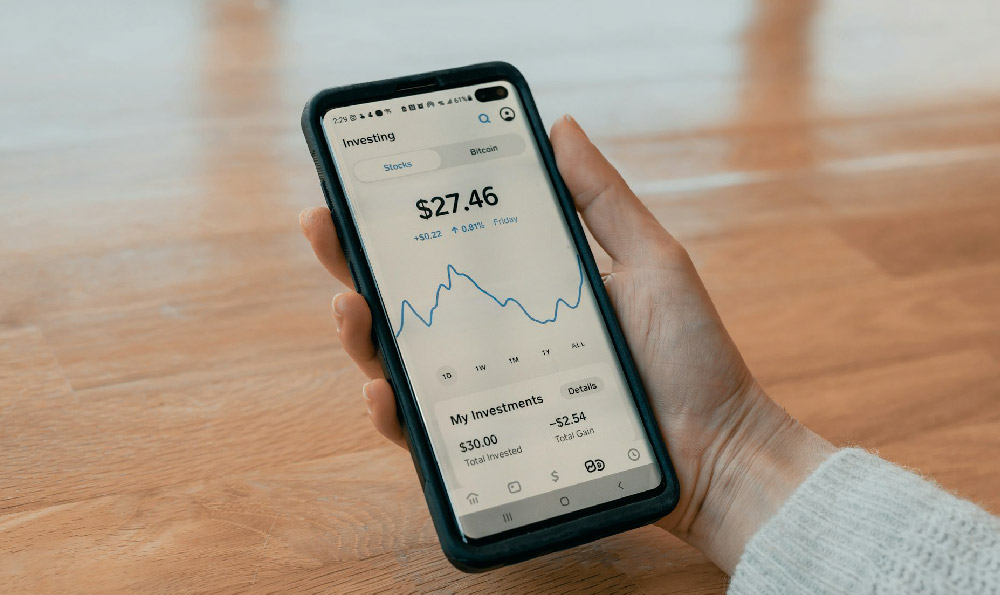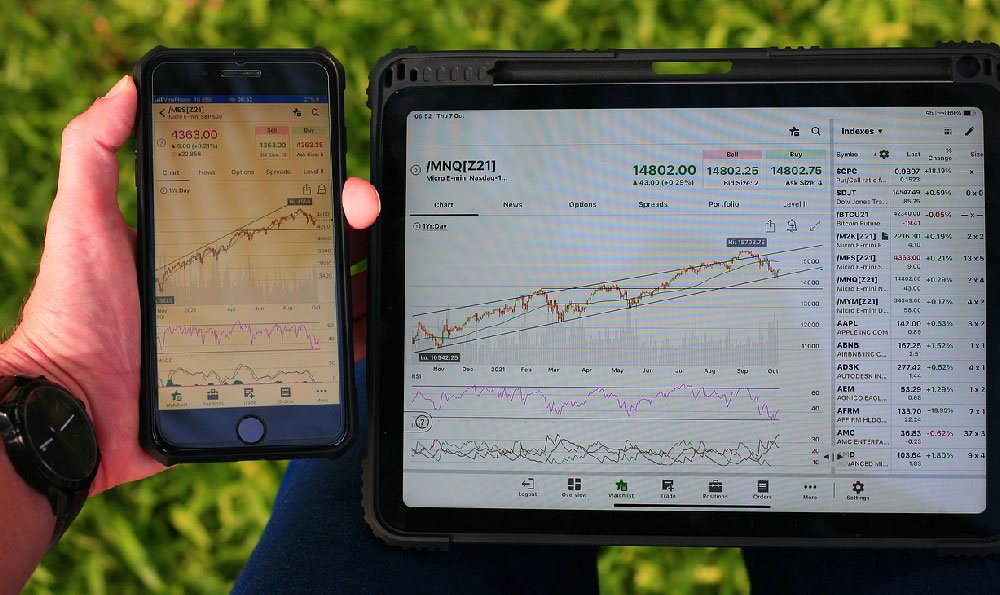Estimating Bill Gates's earnings per second is a fascinating exercise in exploring wealth accumulation and the power of compound interest. While pinpointing an exact, real-time figure is impossible due to the complexities of investment portfolios and market fluctuations, we can arrive at a reasonable approximation by leveraging publicly available information and making some informed assumptions. The exercise highlights the sheer scale of wealth at the highest levels and provides a framework for understanding how even seemingly small returns on enormous assets can generate substantial income.
The most common approach to calculating such a figure involves starting with an estimate of Bill Gates' net worth. This information is typically sourced from reputable financial publications like Forbes and Bloomberg, which regularly update their rankings of the world's wealthiest individuals. These estimates are based on the value of their publicly traded stock holdings, private investments, real estate, and other assets, minus their liabilities. It's crucial to understand that these figures are still estimates, subject to the accuracy of the available data and market volatility.
Once we have a reliable estimate of Gates' net worth, we need to determine a reasonable rate of return on his investments. This is where the calculation becomes more complex. The rate of return depends on the composition of his investment portfolio, which is not entirely public knowledge. However, we can make an educated guess based on general investment principles and the strategies employed by large institutional investors.

Given the magnitude of his wealth, it's likely that a significant portion of Gates' assets is managed by professional investment firms and allocated across a diversified portfolio including stocks, bonds, real estate, private equity, and alternative investments. The specific allocation would aim to balance risk and reward, with a focus on long-term growth. A conservative estimate for an average annual rate of return might be in the range of 6% to 10%. Some years could see higher returns, while others might experience losses, but this range provides a plausible baseline for our calculations. It's also important to remember that philanthropic endeavors and charitable giving would impact the overall net worth calculation.
Let's assume, for the sake of this example, that Bill Gates' net worth is $120 billion and that his investment portfolio generates an average annual return of 8%. This translates to an annual income of $9.6 billion. To determine his earnings per second, we simply divide the annual income by the number of seconds in a year (31,536,000 seconds).
$9,600,000,000 / 31,536,000 = approximately $304 per second.
This is a staggering figure, highlighting the immense earning power of vast wealth. It's important to reiterate that this is an approximation based on certain assumptions. The actual figure could be higher or lower depending on the actual rate of return and the accuracy of the net worth estimate.
Several factors make it difficult to calculate a precise, real-time earning-per-second figure. First, market fluctuations constantly impact the value of investments. The price of stocks, bonds, and other assets can change dramatically from one minute to the next, altering the overall net worth and, consequently, the income generated. Second, investment income is not evenly distributed throughout the year. Dividends are typically paid quarterly, and capital gains are realized when assets are sold. This means that the actual income earned on any given second will vary significantly. Third, as mentioned earlier, the exact composition of Bill Gates' investment portfolio is not publicly available. This makes it impossible to know the precise rate of return being generated. Fourth, changes in personal spending, charitable giving, and tax liabilities will influence the net worth and therefore, the calculation.
Despite these limitations, the exercise of estimating earnings per second provides valuable insights into the dynamics of wealth accumulation. It demonstrates the power of compound interest, where returns on investments generate further returns, accelerating the growth of wealth over time. It also highlights the importance of diversification in managing risk and maximizing returns.
Furthermore, understanding the magnitude of wealth at the highest levels can prompt discussions about income inequality and the role of philanthropy in addressing social challenges. While achieving the same level of wealth may be unattainable for most people, the principles of sound financial planning, investing, and saving are applicable to everyone. By learning about these principles and applying them diligently, individuals can build their own financial security and achieve their financial goals. It's about understanding your own circumstances, creating a realistic budget, and consistently investing in assets that align with your risk tolerance and long-term objectives. The scale may be different, but the fundamental principles remain the same. The objective is not to match Bill Gates' per-second earnings, but to strategically manage your own finances to achieve your desired financial outcomes.











